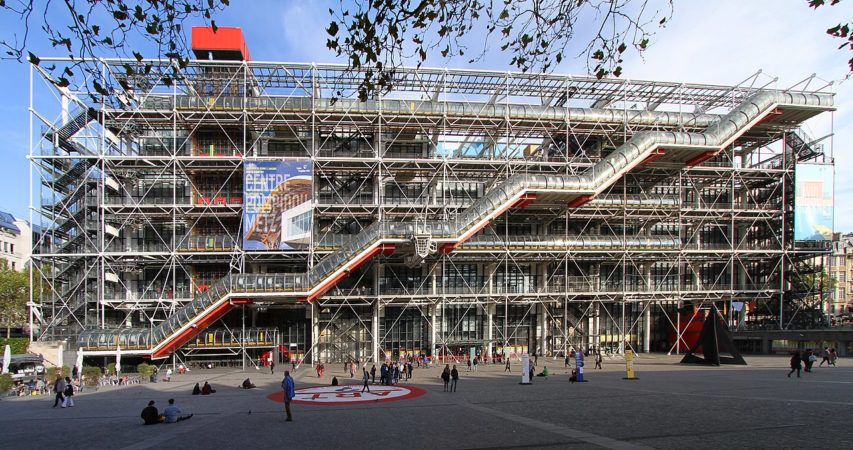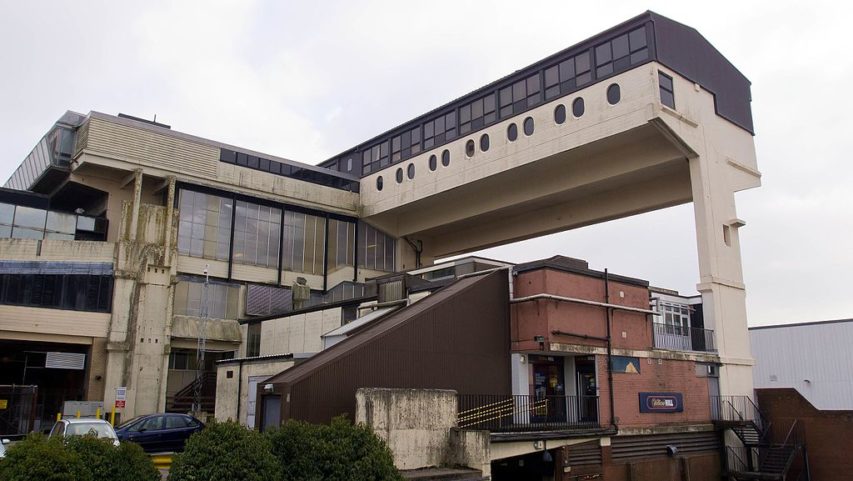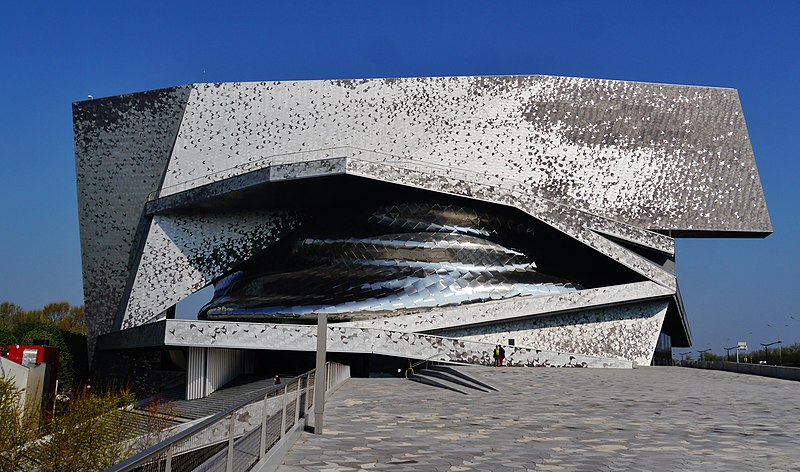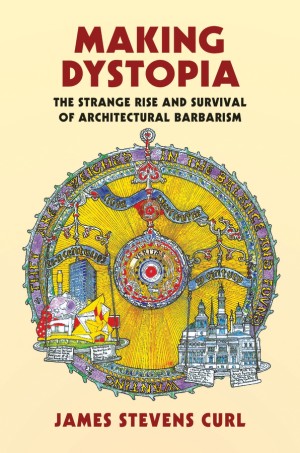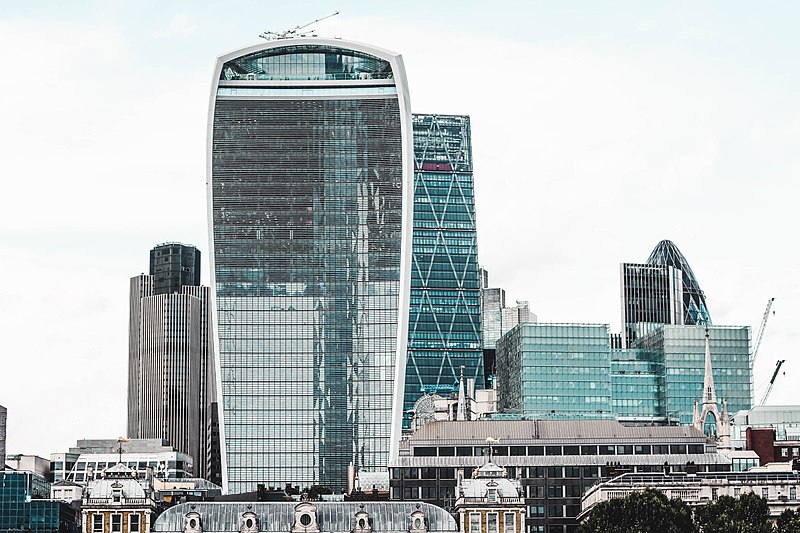Le Corbusier was challenged on his obsession with keeping his plan in the face of different local conditions, pre-existing structures, residents who might want a say in the matter, et cetera. Wasn’t it kind of dictatorial? He replied that:
The despot is not a man. It is the Plan. The correct, realistic, exact plan, the one that will provide your solution once the problem has been posited clearly, in its entirety, in its indispensable harmony. This plan has been drawn up well away from the frenzy in the mayor’s office or the town hall, from the cries of the electorate or the laments of society’s victims. It has been drawn up by serene and lucid minds. It has taken account of nothing but human truths. It has ignored all current regulations, all existing usages, and channels. It has not considered whether or not it could be carried out with the constitution now in force. It is a biological creation destined for human beings and capable of realization by modern techniques.
What was so great about this “biological creation” of “serene and lucid minds”? It … might have kind of maybe been evenly-spaced rectangular grids:
People will say: “That’s easily said! But all your intersections are right angles. What about the infinite variations that constitute the reality of our cities?” But that’s precisely the point: I eliminate all these things. Otherwise we shall never get anywhere.
I can already hear the storms of protest and the sarcastic gibes: “Imbecile, madman, idiot, braggart, lunatic, etc.” Thank you very much, but it makes no difference: my starting point is still the same: I insist on right-angled intersections. The intersections shown here are all perfect.
Scott uses Le Corbusier as the epitome of five High Modernist principles.
First, there can be no compromise with the existing infrastructure. It was designed by superstitious people who didn’t have architecture degrees, or at the very least got their architecture degrees in the past and so were insufficiently Modern. The more completely it is bulldozed to make way for the Glorious Future, the better.
Second, human needs can be abstracted and calculated. A human needs X amount of food. A human needs X amount of water. A human needs X amount of light, and prefers to travel at X speed, and wants to live within X miles of the workplace. These needs are easily calculable by experiment, and a good city is the one built to satisfy these needs and ignore any competing frivolities.
Third, the solution is the solution. It is universal. The rational design for Moscow is the same as the rational design for Paris is the same as the rational design for Chandigarh, India. As a corollary, all of these cities ought to look exactly the same. It is maybe permissible to adjust for obstacles like mountains or lakes. But only if you are on too short a budget to follow the rationally correct solution of leveling the mountain and draining the lake to make your city truly optimal.
Fourth, all of the relevant rules should be explicitly determined by technocrats, then followed to the letter by their subordinates. Following these rules is better than trying to use your intuition, in the same way that using the laws of physics to calculate the heat from burning something is better than just trying to guess, or following an evidence-based clinical algorithm is better than just prescribing whatever you feel like.
Fifth, there is nothing whatsoever to be gained or learned from the people involved (e.g., the city’s future citizens). You are a rational modern scientist with an architecture degree who has already calculated out the precise value for all relevant urban parameters. They are yokels who probably cannot even spell the word architecture, let alone usefully contribute to it. They probably make all of their decisions based on superstition or tradition or something, and their input should be ignored For Their Own Good.
And lest I be unfair to Le Corbusier, a lot of his scientific rational principles made a lot of sense. Have wide roads so that there’s enough room for traffic and all the buildings get a lot of light. Use rectangular grids to make cities easier to navigate. Avoid frivolous decoration so that everything is efficient and affordable to all. Use concrete because it’s the cheapest and strongest material. Keep pedestrians off the streets as much as possible so that they don’t get hit by cars. Use big apartment towers to save space, then use the open space for pretty parks and public squares. Avoid anything that looks like a local touch, because nationalism leads to war and we are all part of the same global community of humanity. It sounded pretty good, and for a few decades the entire urban planning community was convinced.
Scott Alexander, “Book Review: Seeing Like a State”, Slate Star Codex, 2017-03-16.
